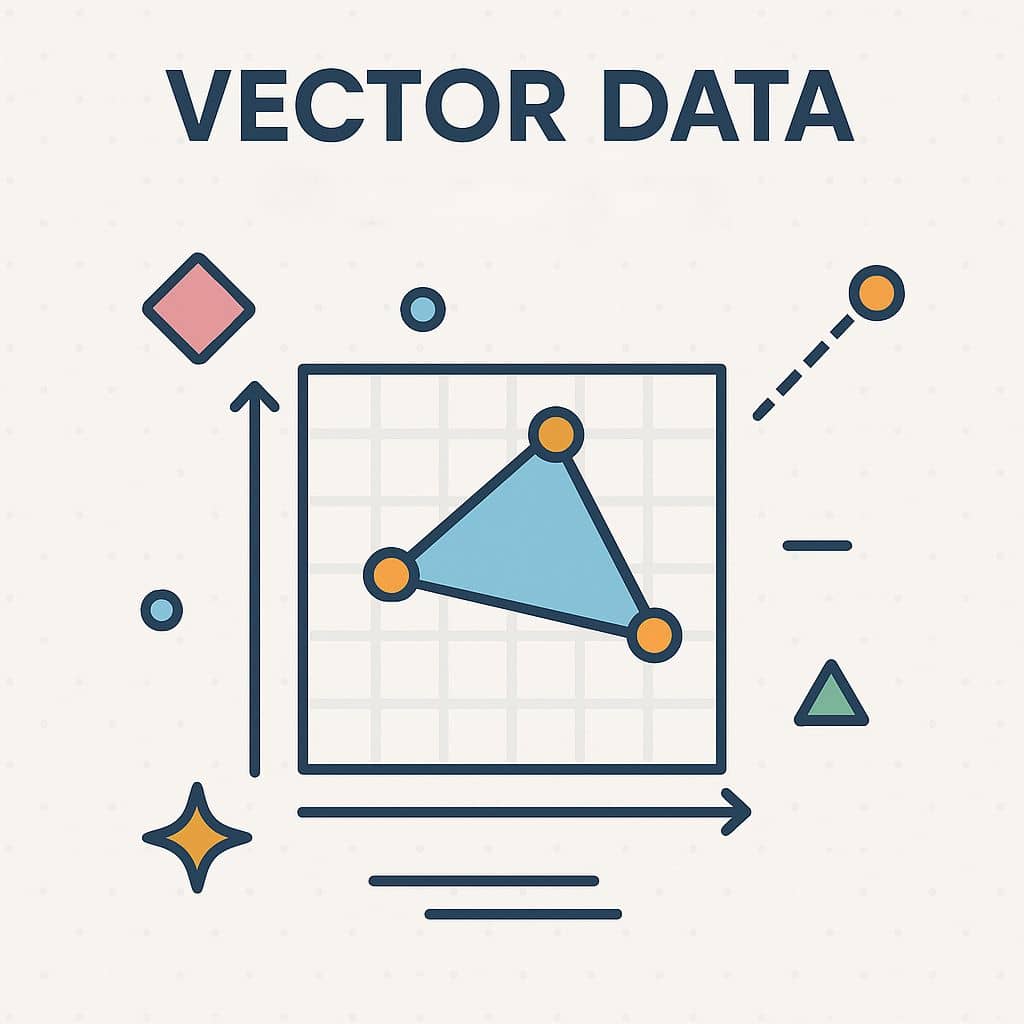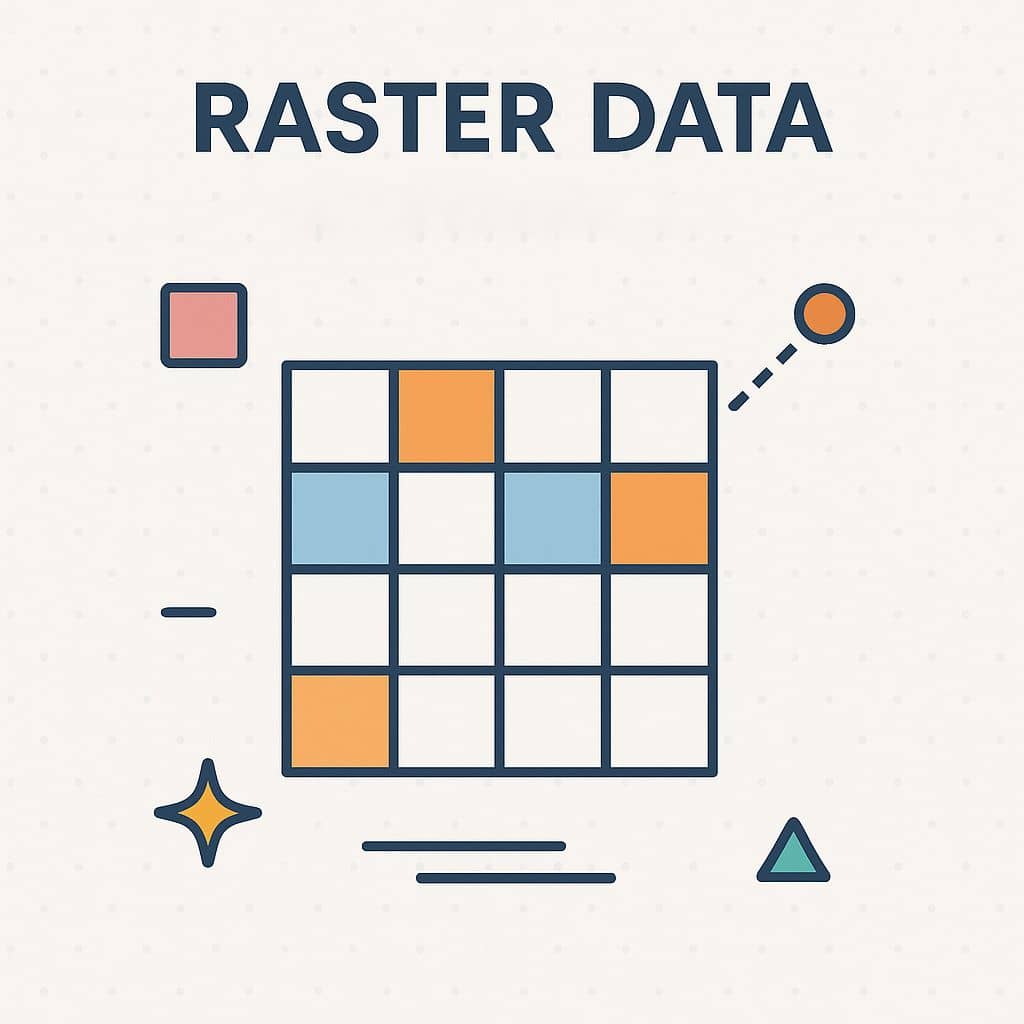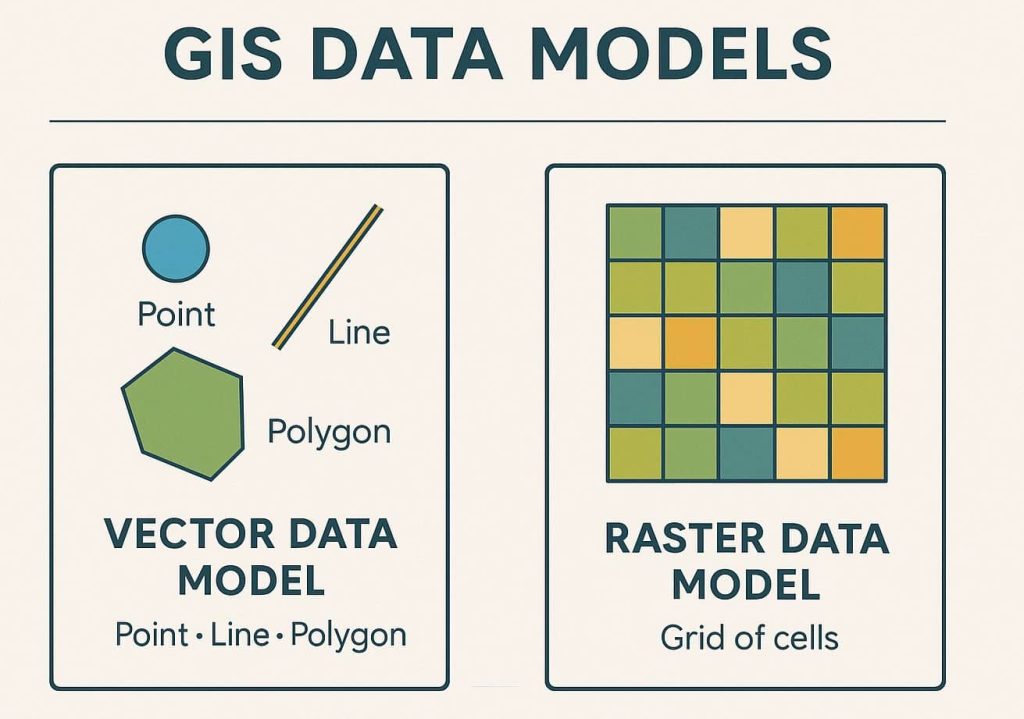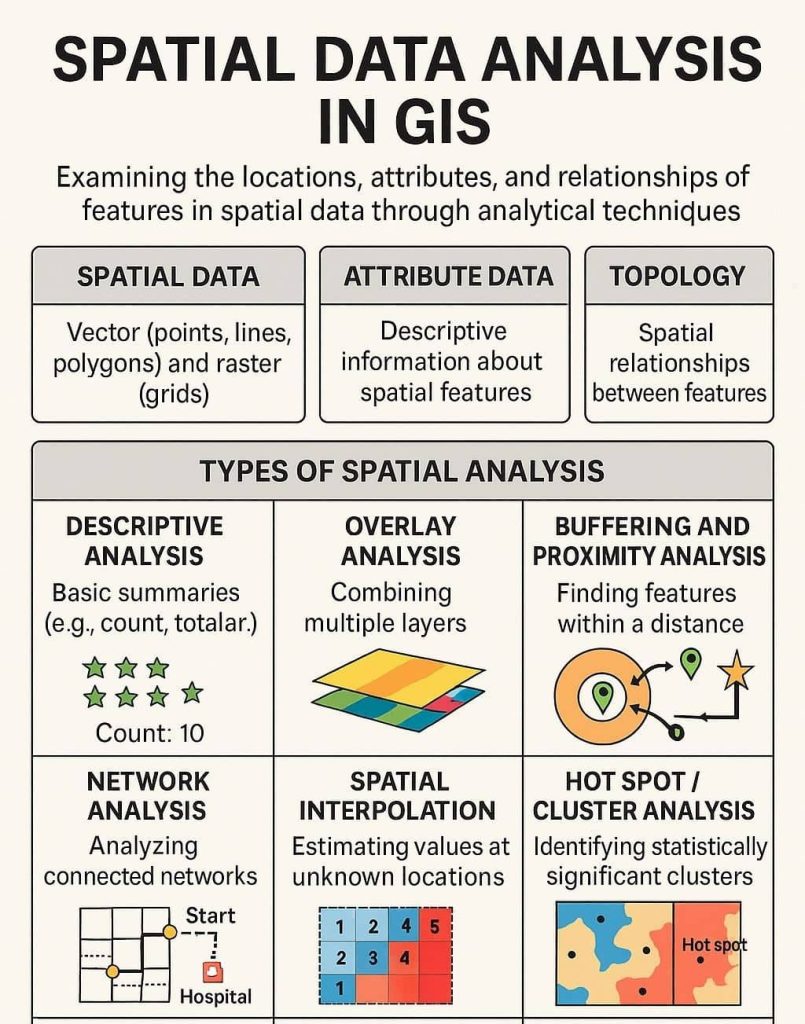Vector Data
What is Vector Data? A Vector data feature it represents shape using Geometry. The geometry is made up of one or more interconnected vertices. A vertex describes a position in space using an X, Y and optionally Z axis. Geometries which have vertices with a Z axis are often referred to as 3D since they […]




